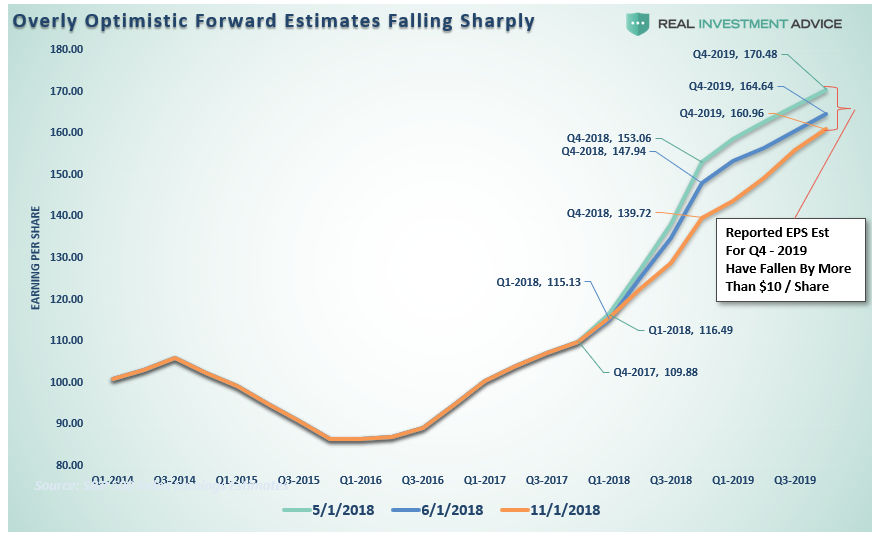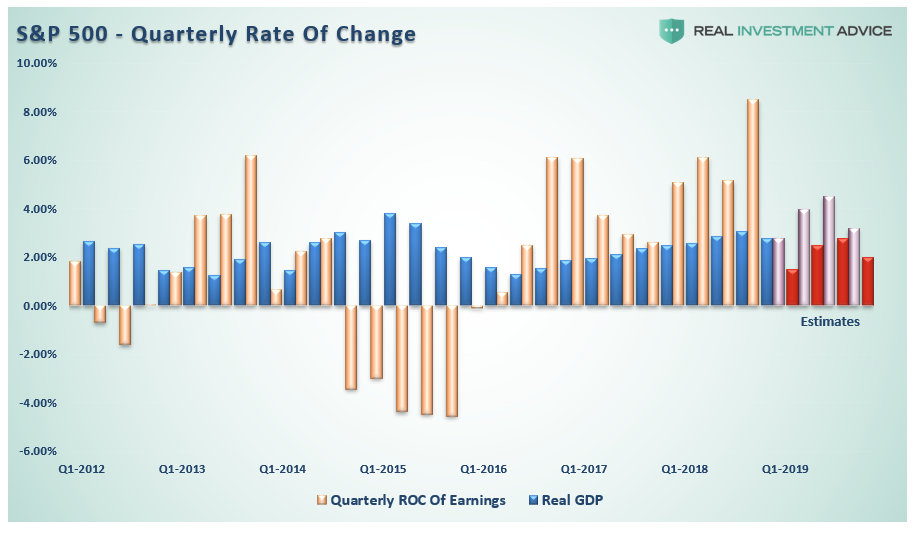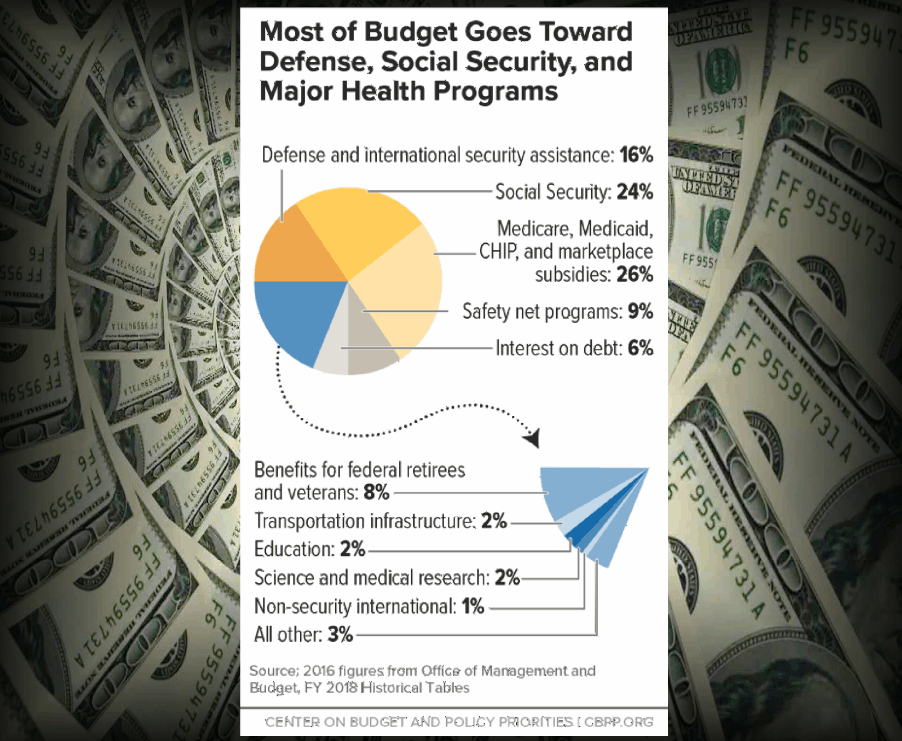Markets
- Kolanovic: Split Congress Best Outcome For Markets by Tyler Durden via Zerohedge
- Midterms Impact On Your Retirement by Mark Hulbert via MarketWatch
- This Has Never Happened Before by Sven Henrich via Northman Trader
- What Is The Real Effective Exchange Rate by Simon Constable via Korn Ferry Institute
- Did October Stop The Bull by Dana Lyons via The Lyons Share
- It’s The Worst Year Since 1901 by Cecile Gutscher via Bloomberg
- What Midterm Outcome May Mean For Stocks by Mark DeCambre via MarketWatch
- The Bull Market Is Dependent On Just A Few by Vident Financial
- This Year Is Anything But Typical by Jeff Sommer via NYT
- Marks: Conditions Make This A Time Of Caution by Christoph Gisiger via Finanz Und Wirtschaft
- Even After The Correction, There Will Be More by John Hussman via Hussman Funds
Most Read On RIA
- GE – Bringing Investment Mistakes To Life by Lance Roberts
- Blind Faith Isn’t An Investment Strategy by Michael Lebowitz
- A Divided Nation We Stand by Doug Kass
- The Important Role Of Recessions by Lance Roberts
- 4-Steps To Save Money by Richard Rosso
- The Tailwinds To The Bull Market Have Shifted by Lance Roberts








